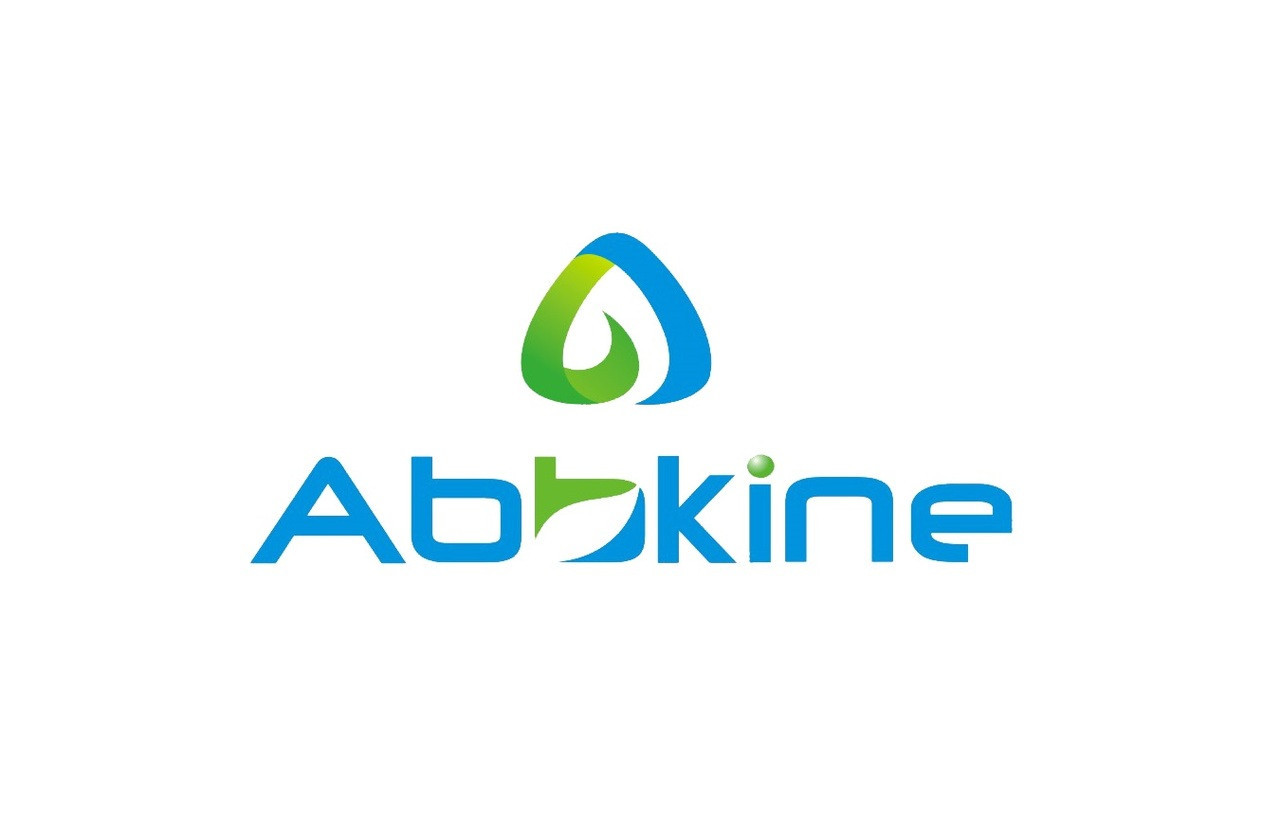Product Description
Human Nicotinate-nucleotide pyrophosphorylase (QPRT) ELISA Kit | KTE61003 | Abbkine
Application: This Human Nicotinate-nucleotide pyrophosphorylase (QPRT) ELISA Kit employs a two-site sandwich ELISA to quantitate QPRT in samples. An antibody specific for QPRT has been pre-coated onto a microplate. Standards and samples are pipetted into the wells and anyQPRT present is bound by the immobilized antibody. After removing any unbound substances, a biotin-conjugated antibody specific for QPRT is added to the wells. After washing, Streptavidin conjugated Horseradish Peroxidase (HRP) is added to the wells. Following a wash to remove any unbound avidin-enzyme reagent, a substrate solution is added to the wells and color develops in proportion to the amount of QPRT bound in the initial step. The color development is stopped and the intensity of the color is measured.
Detection Method: Colorimetric
Conjugate: N/A
Sample Type: Cell culture supernatants#Serum#Plasma#Other biological fluids
Assay Type: Multiple steps standard sandwich ELISA assay with a working time of 3-5 hours. It depends on the experience of the operation person.
Kit Component: • Human Nicotinate-nucleotide pyrophosphorylase microplate
• Human Nicotinate-nucleotide pyrophosphorylase standard
• Human Nicotinate-nucleotide pyrophosphorylase detect antibody
• Streptavidin-HRP
• Standard diluent
• Assay buffer
• HRP substrate
• Stop solution
• Wash buffer
• Plate covers
Features & Benefits: Human Nicotinate-nucleotide pyrophosphorylase (QPRT) ELISA Kit has high sensitivity and excellent specificity for detection of Human QPRT. No significant cross-reactivity or interference between Human QPRT and analogues was observed.
Calibration Range: Please inquire
Limit Of Detection: Please inquire
Usage Note: • Do not mix components from different kit lots or use reagents beyond the kit expiration date.
• Allow all reagents to warm to room temperature for at least 30 minutes before opening.
• Pre-rinse the pipet tip with reagent, use fresh pipet tips for each sample, standard and reagent to avoid contamination.
• Unused wells must be kept desiccated at 4 °C in the sealed bag provided.
• Mix Thoroughly is very important for the result. It is recommended using low frequency oscillator or slight hand shaking every 10 minutes.
• It is recommended that all samples and standards be assayed in duplicate or triplicate.
Storage Instruction: The unopened kit should be stored at 2 - 8°C. After opening, please store refer to protocols.
Shipping: Gel pack with blue ice.
Precaution The product listed herein is for research use only and is not intended for use in human or clinical diagnosis. Suggested applications of our products are not recommendations to use our products in violation of any patent or as a license. We cannot be responsible for patent infringements or other violations that may occur with the use of this product.
Background: Quinolinate is an intermediate in the de novo synthesis pathway of NAD from tryptophan and acts as a potent endogenous excitotoxin through hyperstimulation of N-methyl D-aspartate (NMDA) receptor in the neuron. Elevation of quinolinate levels in the human brain has been postulated to be involved in the pathogenesis of neurodegenerative disorders. Mammalian quinolinate phosphoribosyltransferase (QPRTase) is a key enzyme in catabolism of quinolinate.This gene encodes a key enzyme in catabolism of quinolinate, an intermediate in the tryptophan-nicotinamide adenine dinucleotide pathway. Quinolinate acts as a most potent endogenous exitotoxin to neurons. Elevation of quinolinate levels in the brain has been linked to the pathogenesis of neurodegenerative disorders such as epilepsy, Alzheimer's disease, and Huntington's disease.
Alternative Names: QPRT; QPRTase; nicotinate-nucleotide pyrophosphorylase (carboxylating)
Search name: QPRT; QPRTase; nicotinate-nucleotide pyrophosphorylase (carboxylating)
Tag: QPRT
 Euro
Euro
 USD
USD
 British Pound
British Pound
 NULL
NULL








